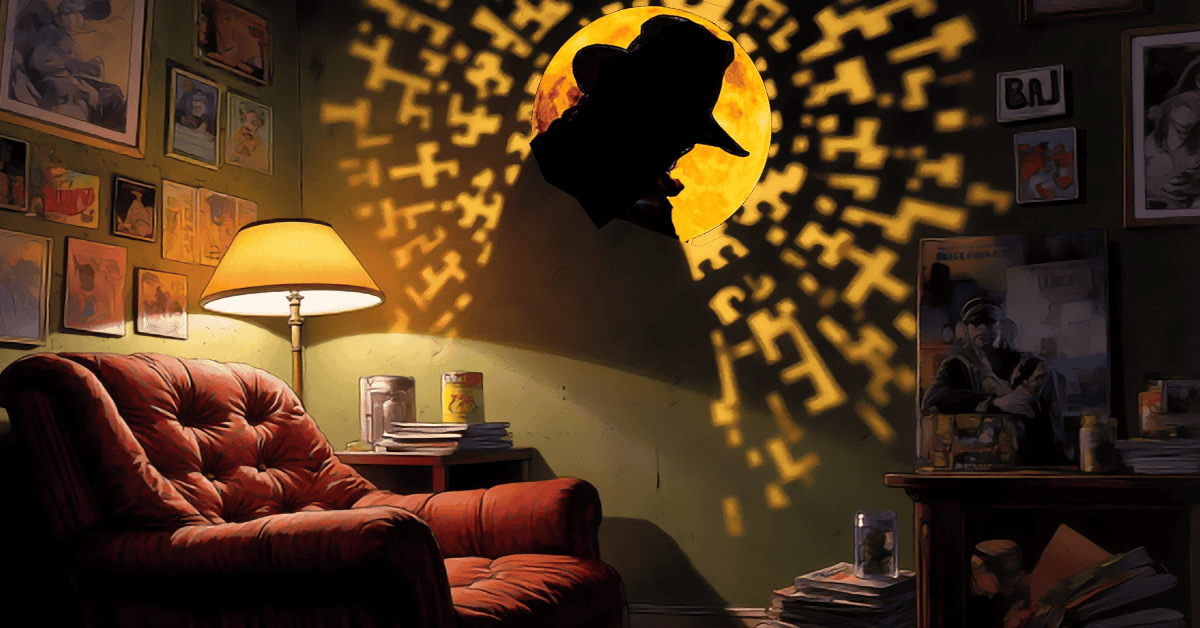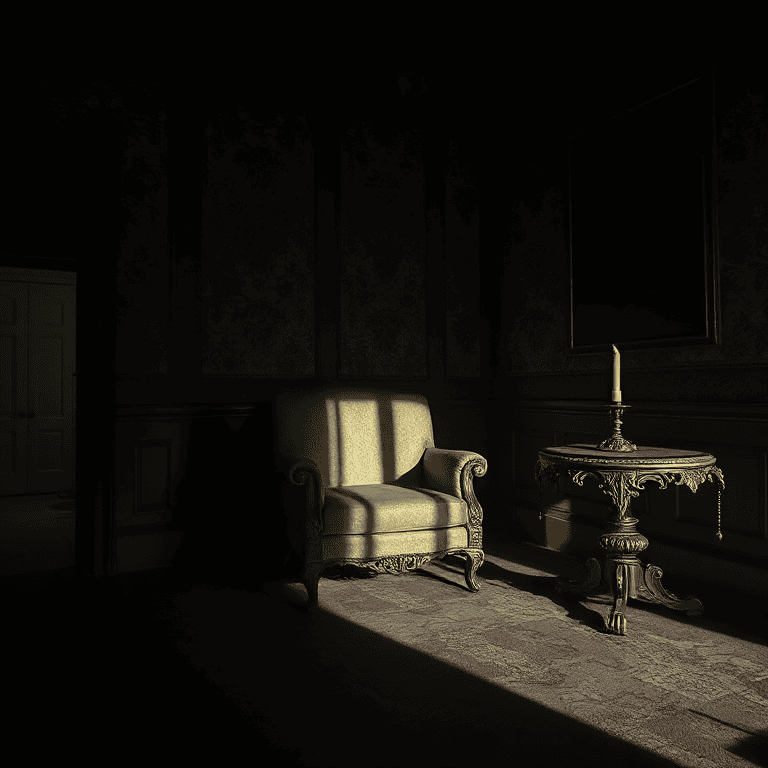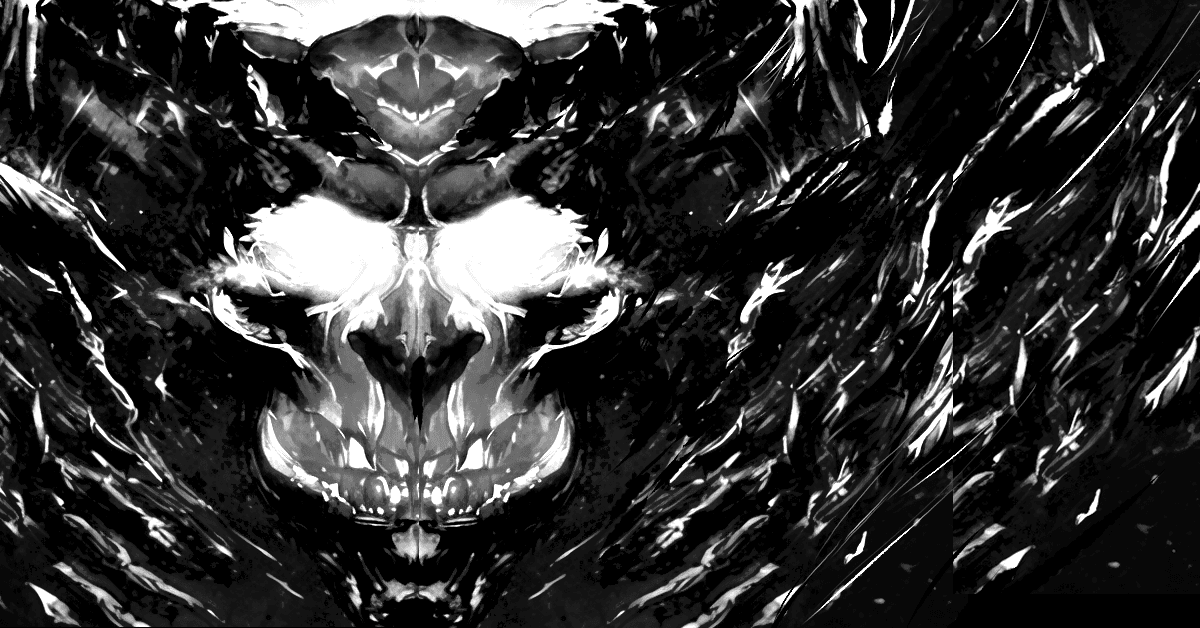Grounded: Sarah Hualde’s Paranormal Penny Mysteries Shake Up the Cozy Genre
Cozy mysteries usually invite readers into sleepy small towns where quirky locals spill secrets like loose change, but Sarah Hualde flips the script. With her award-winning Paranormal Penny Mysteries series, she’s taken the genre’s warm embrace and added a supernatural pulse. If you thought cozies couldn’t keep you up at night, think again.
Penny Nicols: Not Your Grandmother’s Sleuth
Meet Penny Nicols, a nineteen-year-old with a gift—or a curse, depending on the day. She’s not solving cases with magnifying glasses or gossip overheard at the local café. Penny sees death omens. These premonitions give her exactly 24 hours to stop the inevitable, making every mystery a ticking clock of high-stakes problem-solving. Forget knitting clubs and nosy neighbors; Penny’s racing to rewrite fate.
Life on Wheels: A Cozy with a Nomadic Twist
Instead of the classic small-town backdrop, Penny hits the road in her tiny house on wheels, towed by her sardonic feline sidekick, Spades. Each town she rolls into offers fresh faces, eerie secrets, and an entirely new flavor of intrigue. The mobility keeps readers guessing while holding onto the genre’s hallmark coziness. After all, what’s more comforting than taking your home with you, even when the stakes are supernatural?
Clues in the Key of Mystery
Hualde doesn’t just reimagine the sleuth; she reinvents the puzzle. Penny doesn’t sift through fingerprints or broken alibis. Instead, she deciphers cryptic song lyrics tied to her visions. The musical clues aren’t just clever—they’re deeply original, challenging Penny and readers alike to piece together crimes with a cadence. It’s a melody of suspense that hits all the right notes.
Where It All Begins: Grounded
If you’re new to the series, start with Grounded. It’s the perfect introduction to Penny’s world—a mix of charm, danger, and wit wrapped in a supernatural bow. The cover might scream cozy, but the story delivers tension and twists that leave you double-checking the locks at night.
Why Paranormal Penny Mysteries Deserve a Spot on Your Shelf
Sarah Hualde’s series doesn’t just stand out—it thrives by breaking cozy traditions while honoring what readers love most.
- A fresh, supernatural spin on cozy conventions.
- Heart-pounding 24-hour deadlines that drive every mystery.
- A young, relatable sleuth redefining the genre.
- Inventive puzzles that challenge the mind and imagination.
- A balance of lighthearted fun and shadowy suspense.
Is This Series Your Cup of Tea?
Paranormal Penny Mysteries will appeal to:
- Fans of cozies craving a supernatural edge.
- Readers who love strong, young female protagonists.
- Mystery lovers who appreciate innovative puzzles.
- Fans of humor woven into suspenseful storytelling.
- Anyone ready for a cozy that dares to be different.
Sarah Hualde didn’t just write a cozy mystery series; she reinvented what the genre could be. Whether you’re a die-hard fan of amateur sleuths or someone dipping a toe into cozy waters, Paranormal Penny Mysteries will hook you with its wit, warmth, and originality. Penny Nicols isn’t just solving mysteries—she’s reshaping the cozy landscape, one death omen at a time.




 the 1990s, I created Jax and the Hellhound, a comic book series under Blackthorne Publishing. Years later, the characters resurfaced in a one-shot revival. Among them was Gino Aragon—a name that wouldn’t leave me alone as I revisited my older works. That’s the thing about stories—they sometimes refuse to stay where you left them.
the 1990s, I created Jax and the Hellhound, a comic book series under Blackthorne Publishing. Years later, the characters resurfaced in a one-shot revival. Among them was Gino Aragon—a name that wouldn’t leave me alone as I revisited my older works. That’s the thing about stories—they sometimes refuse to stay where you left them.






